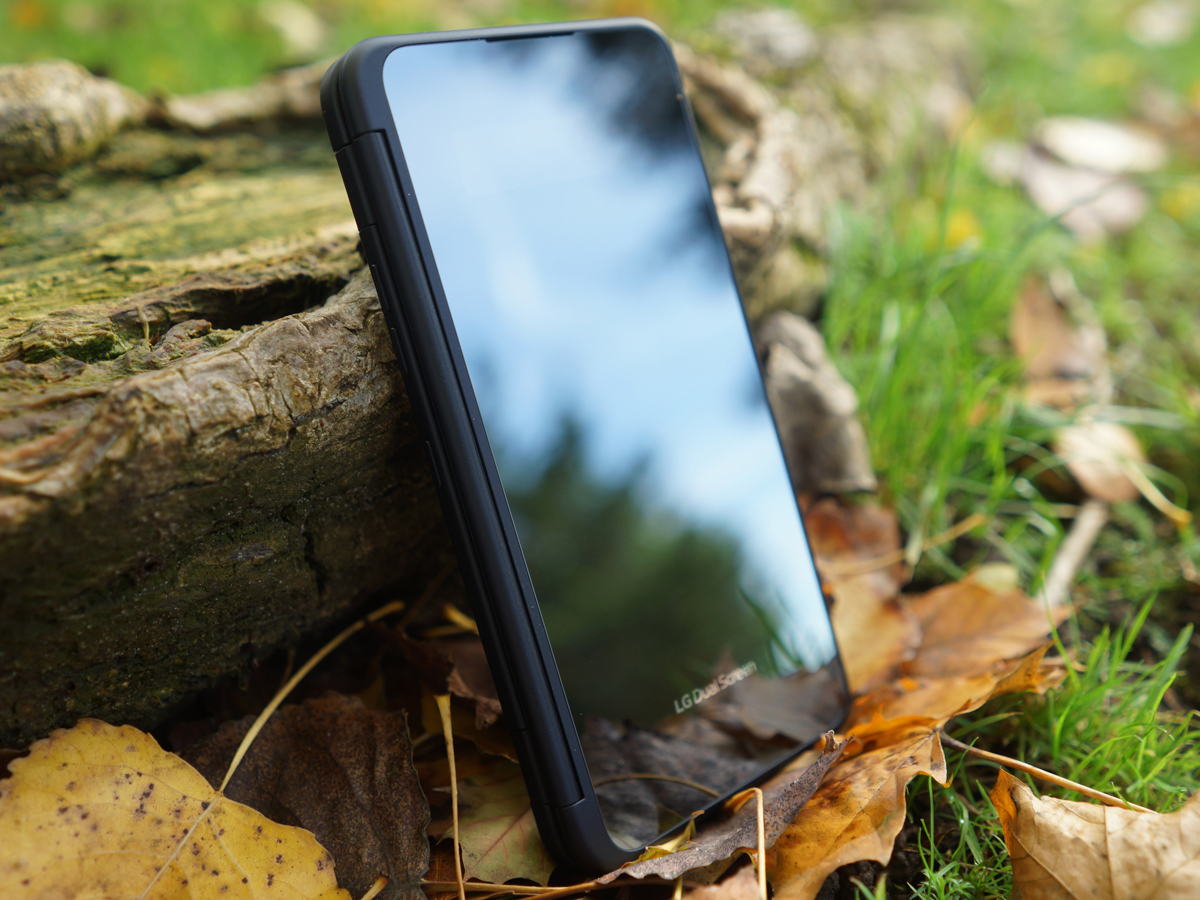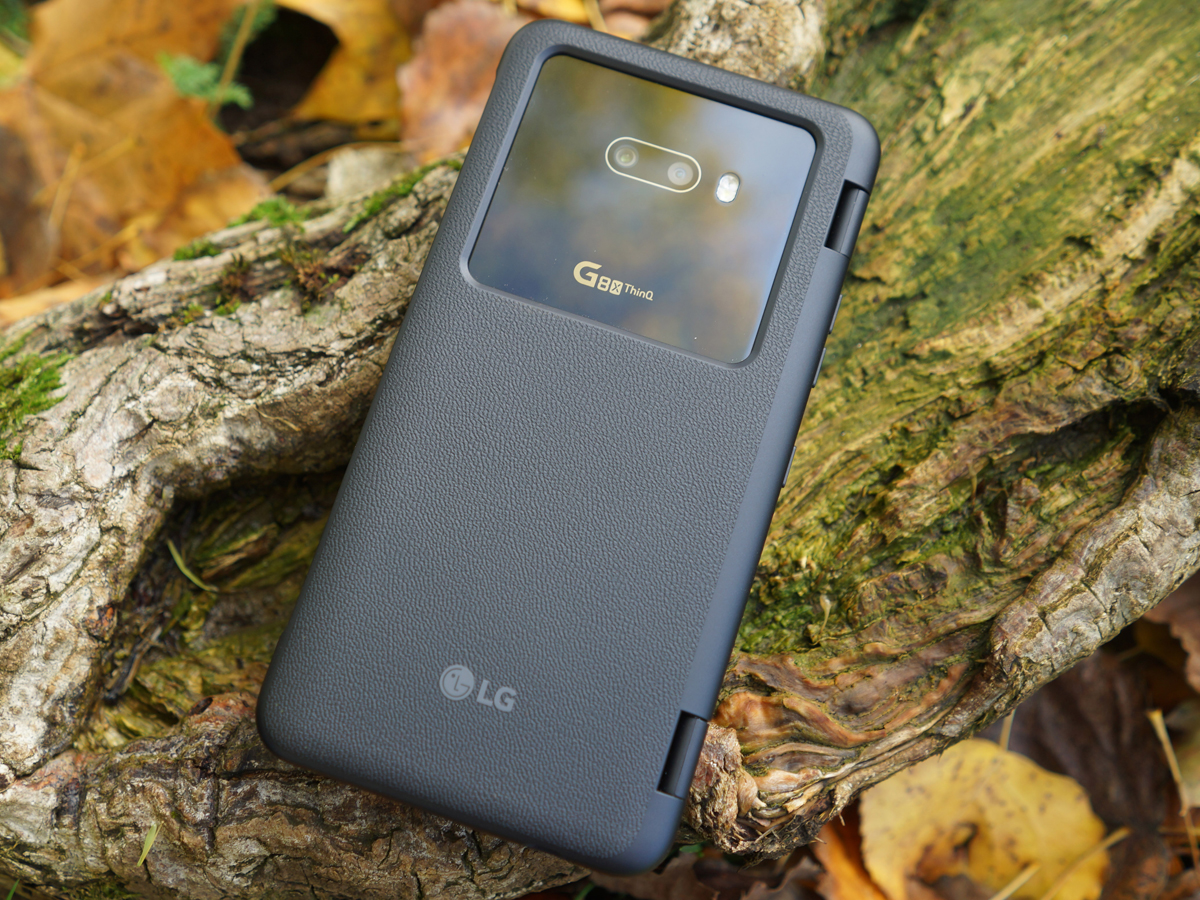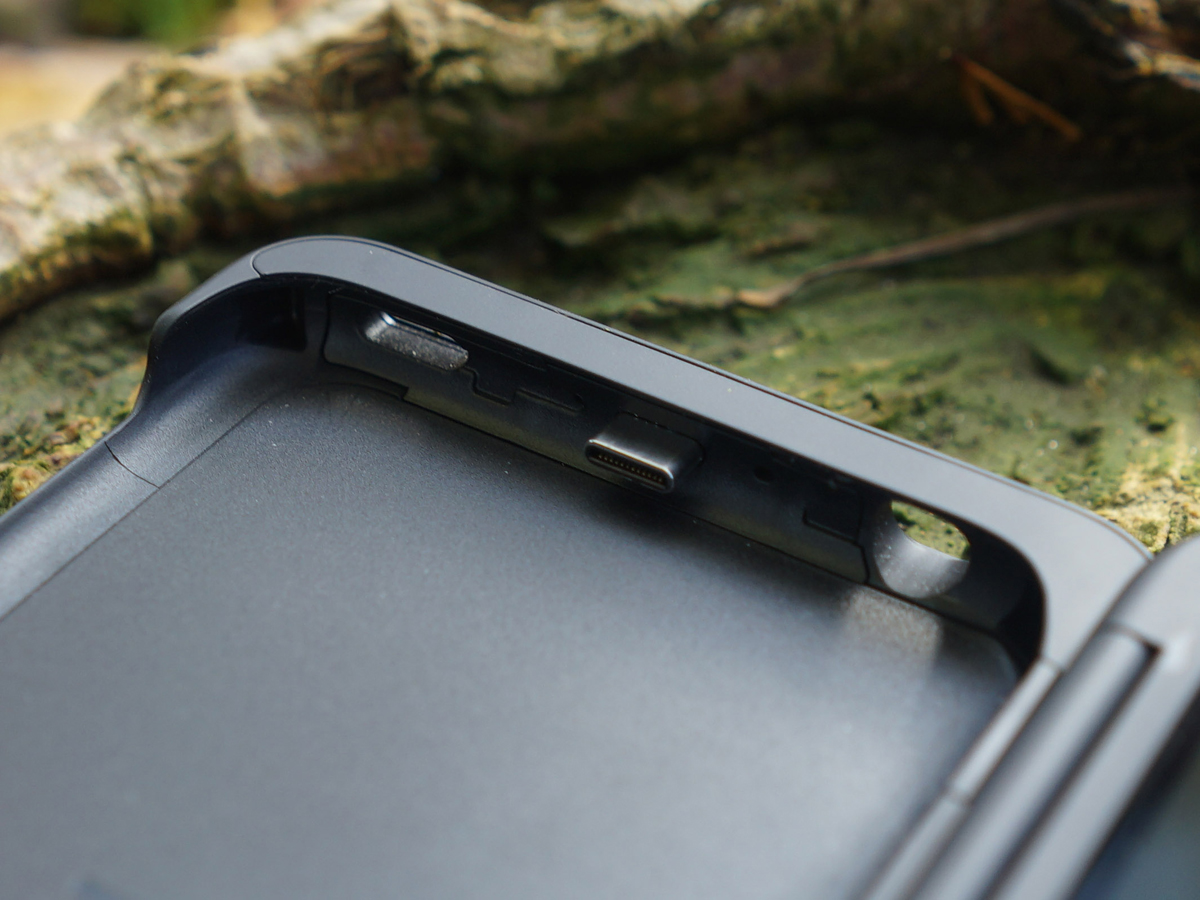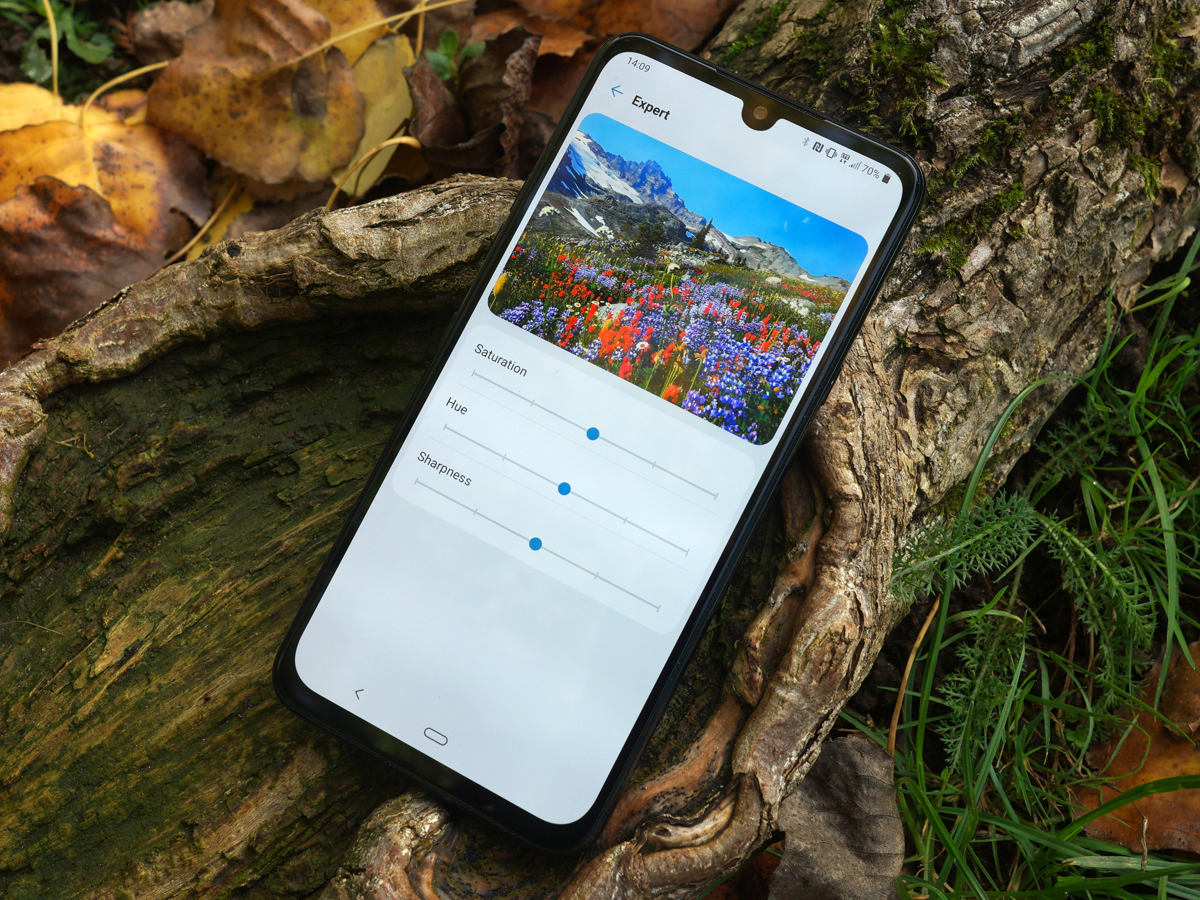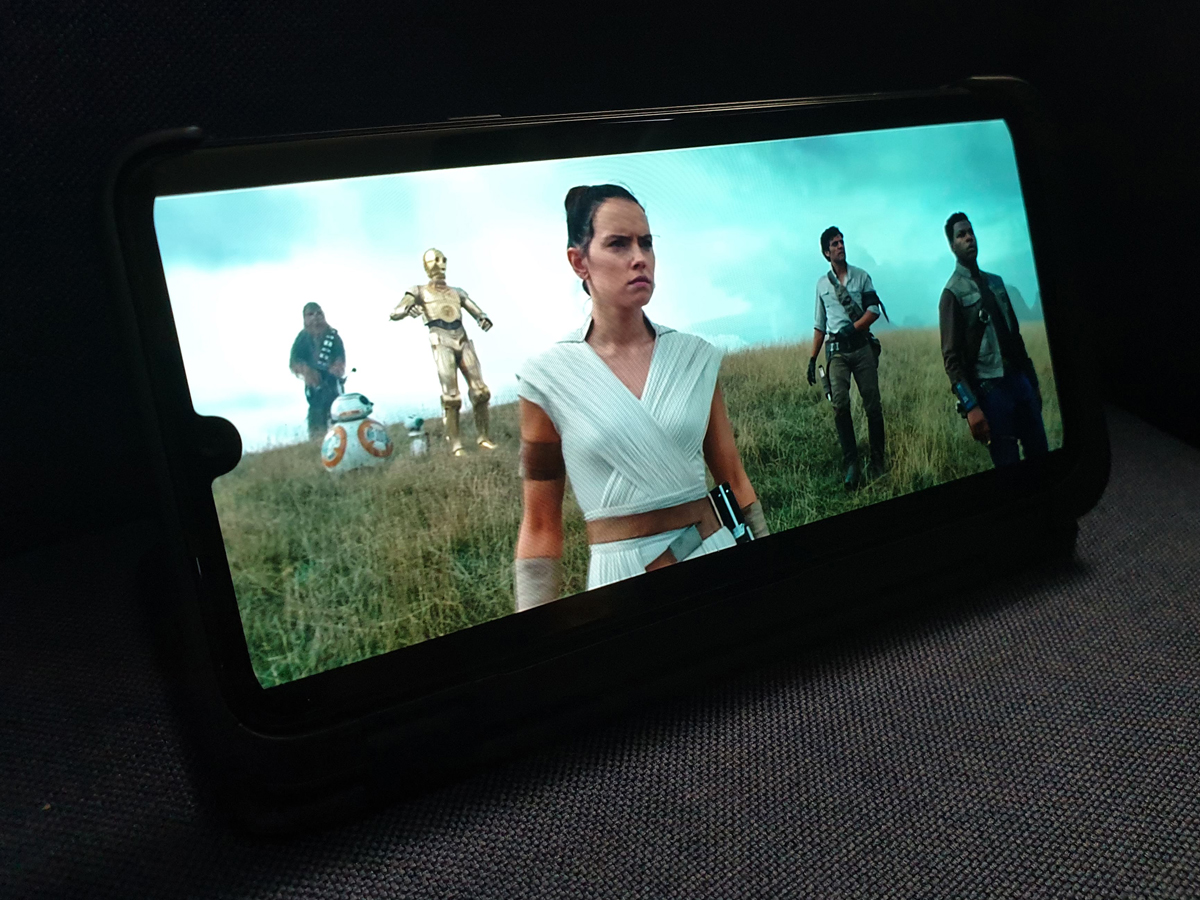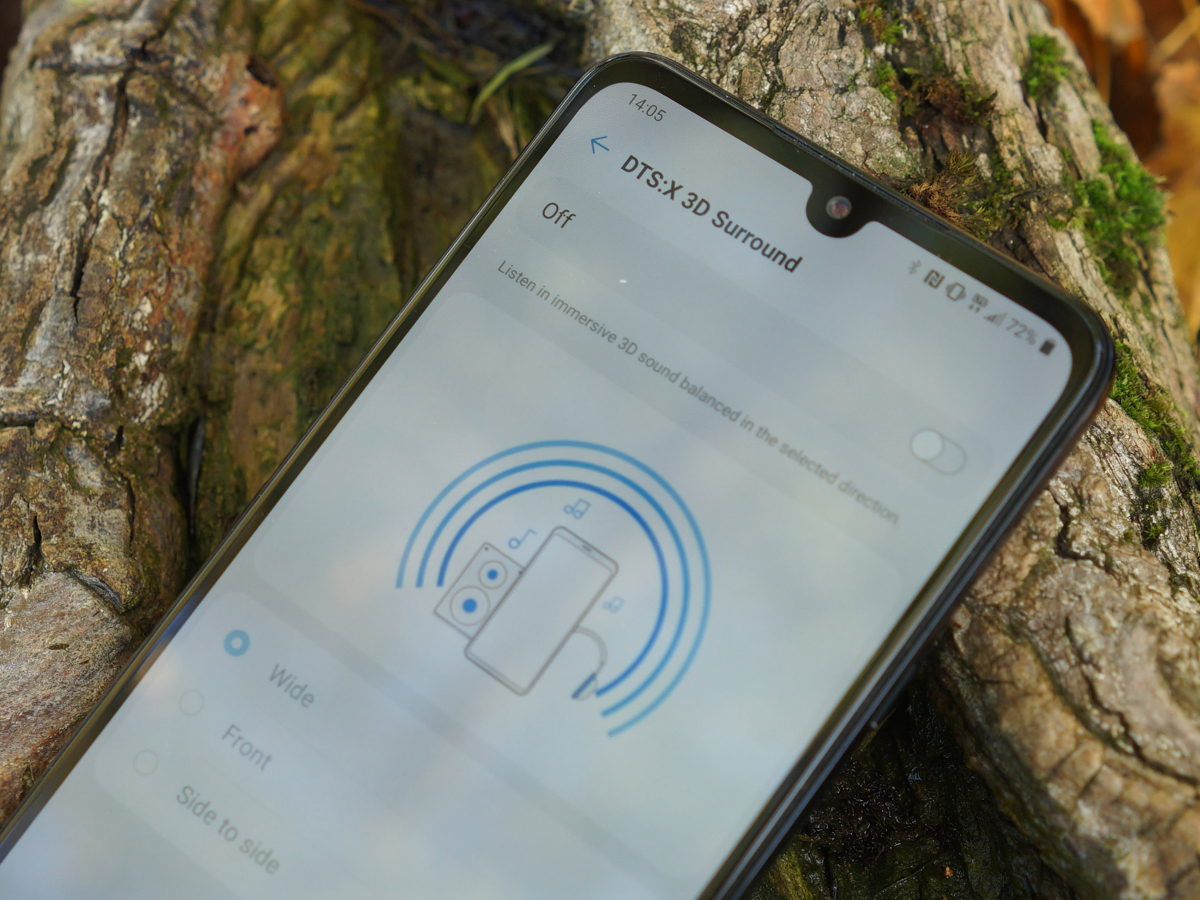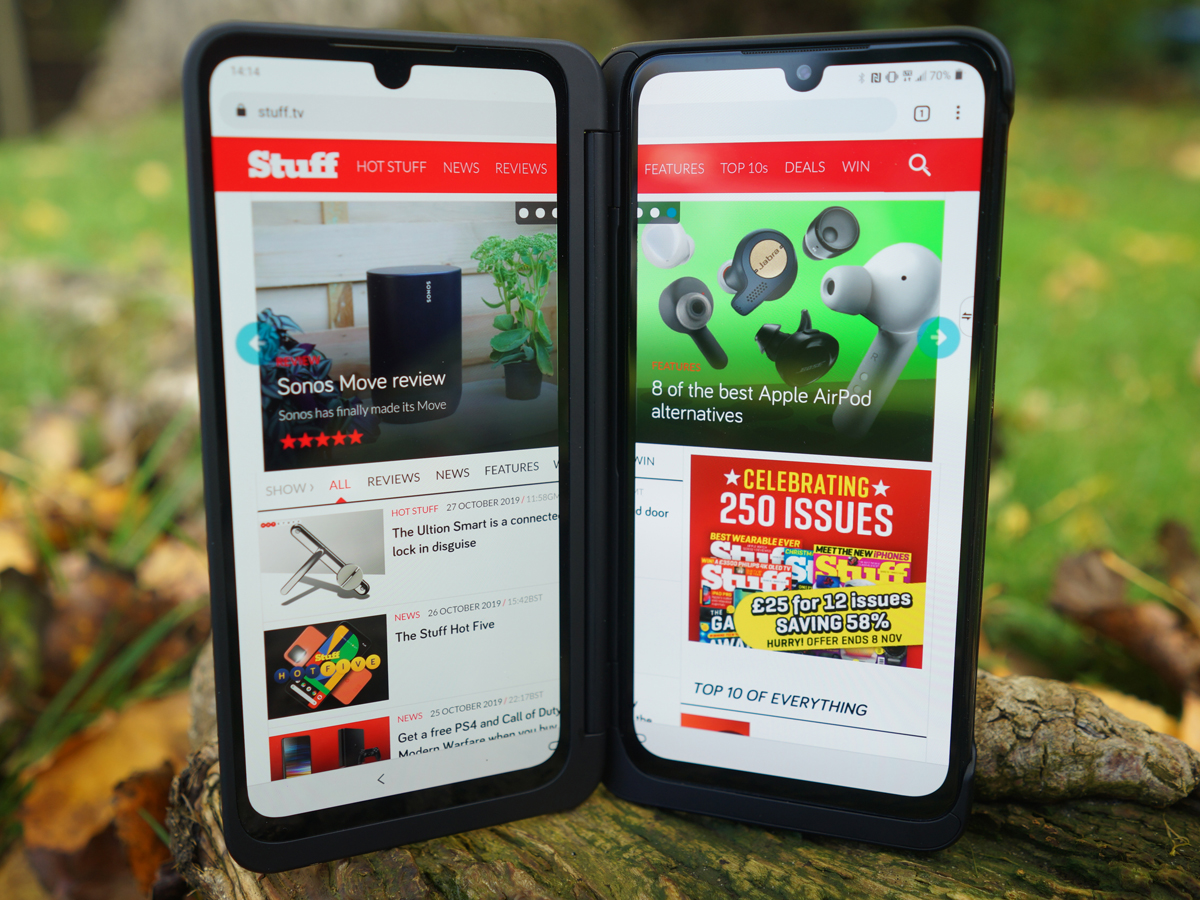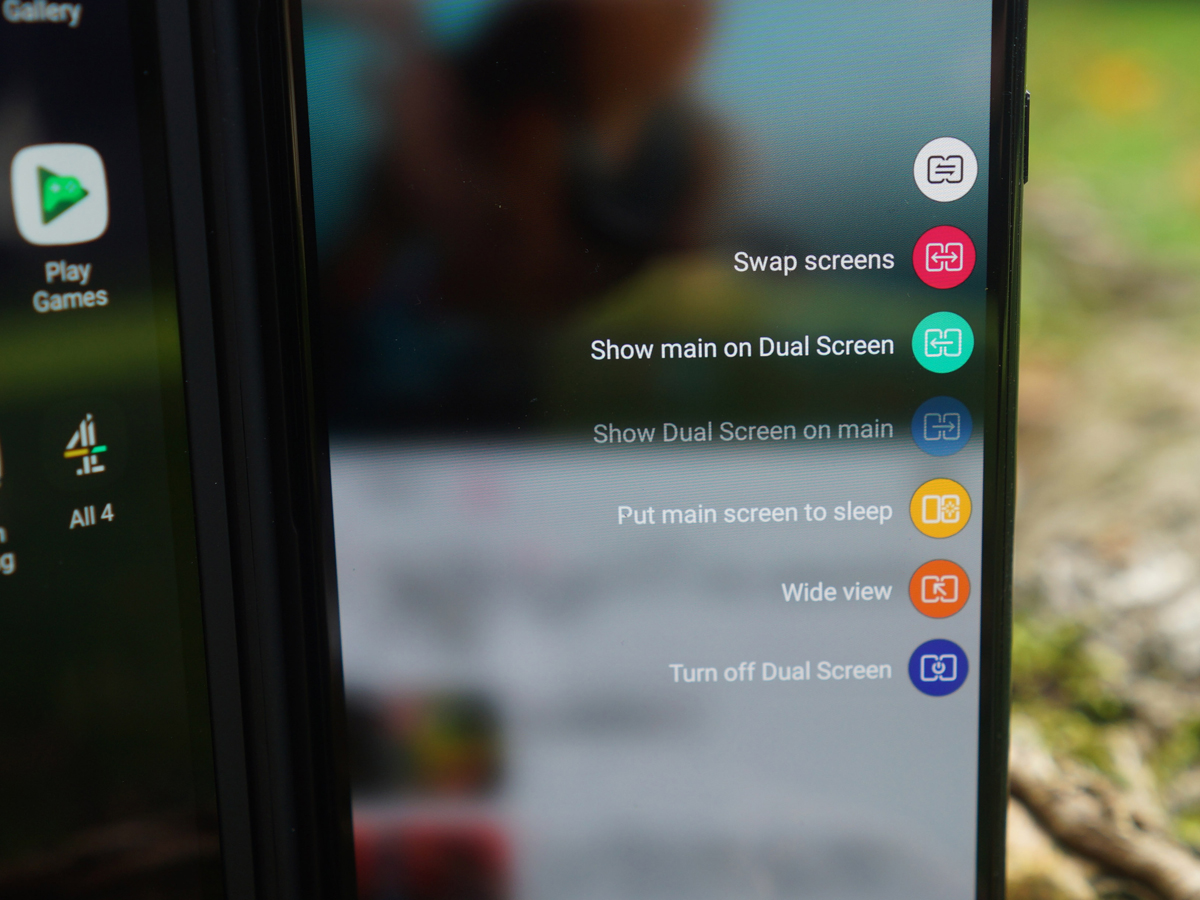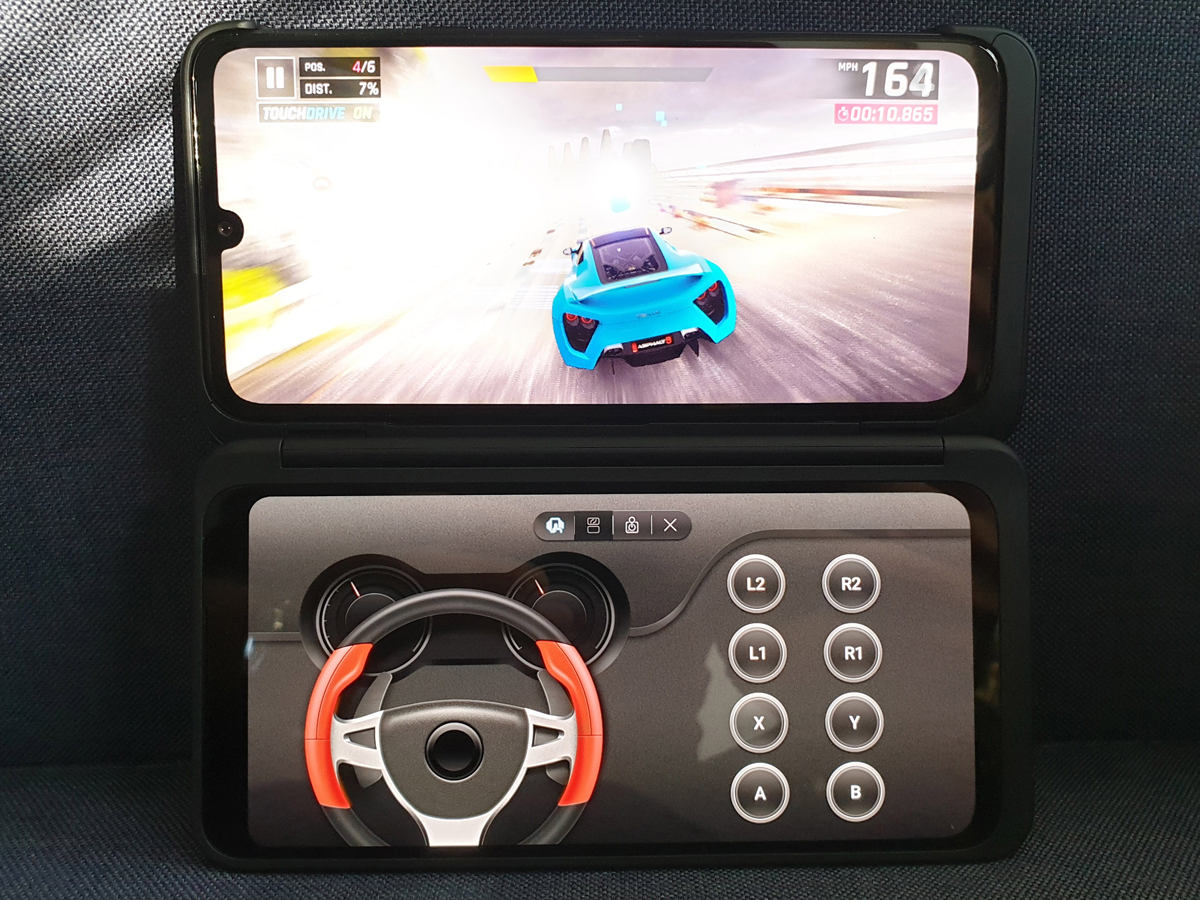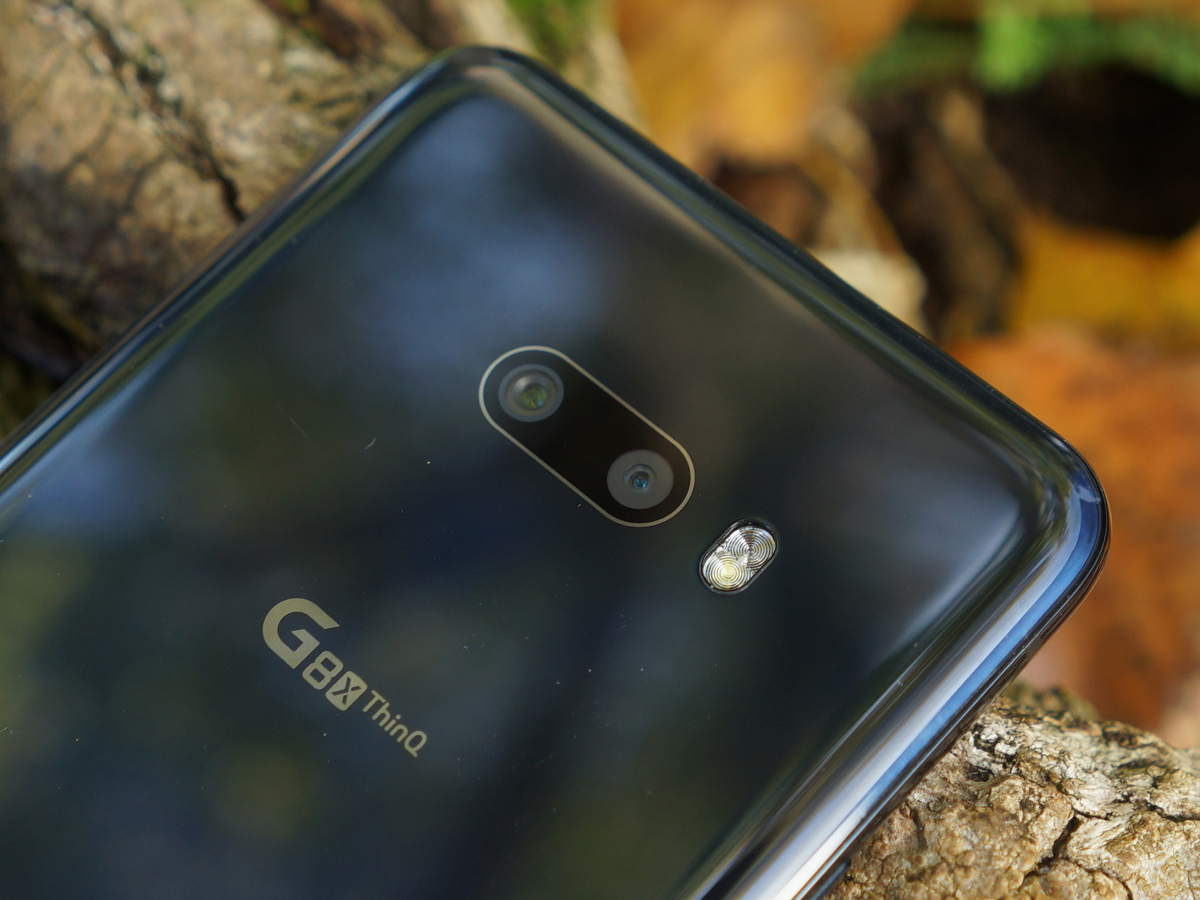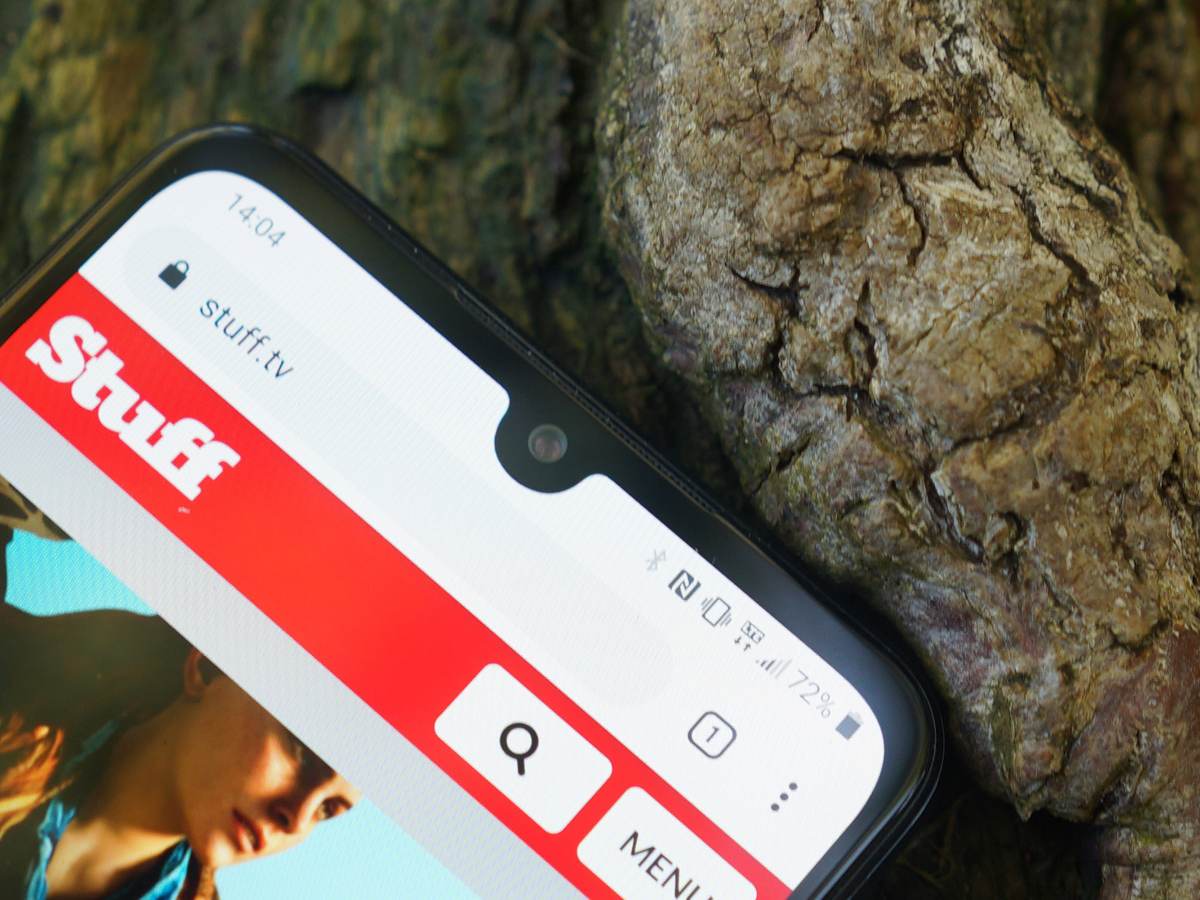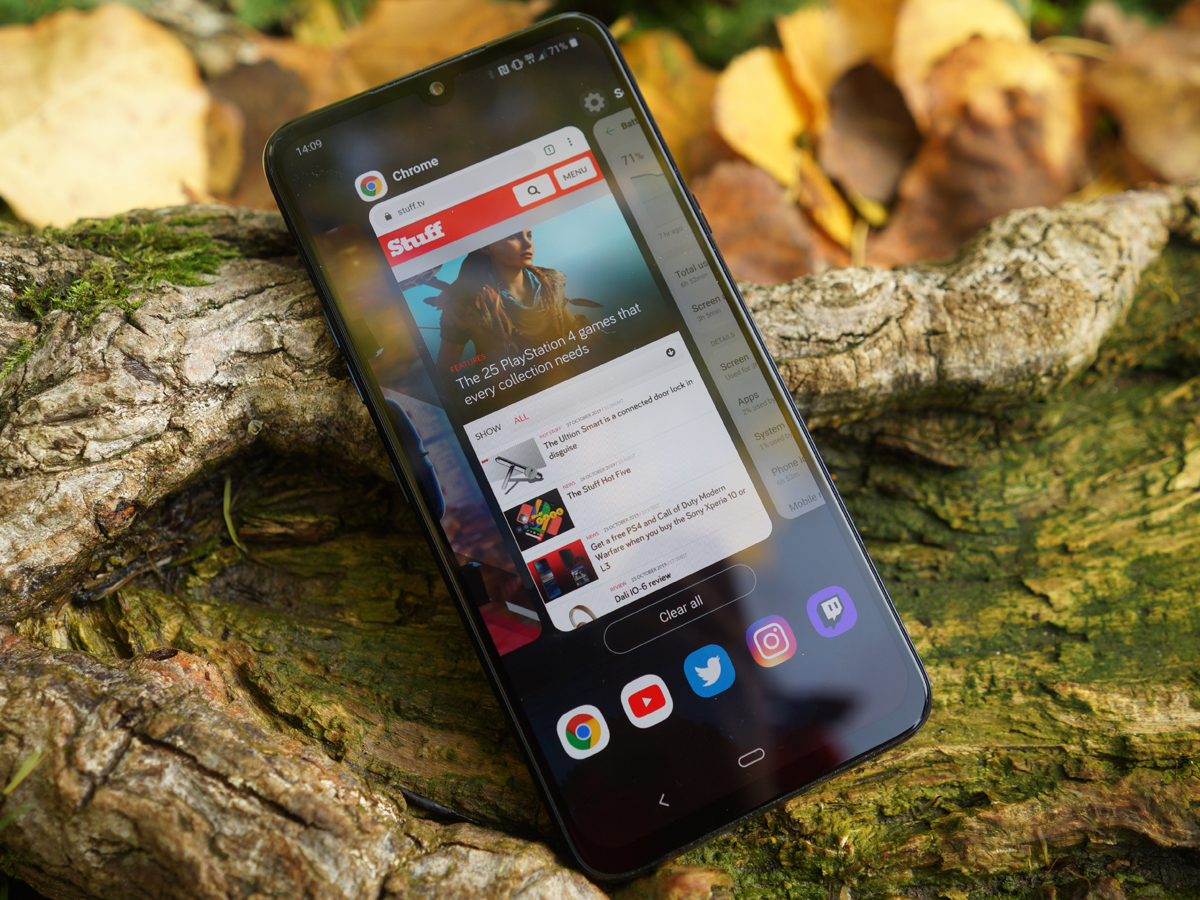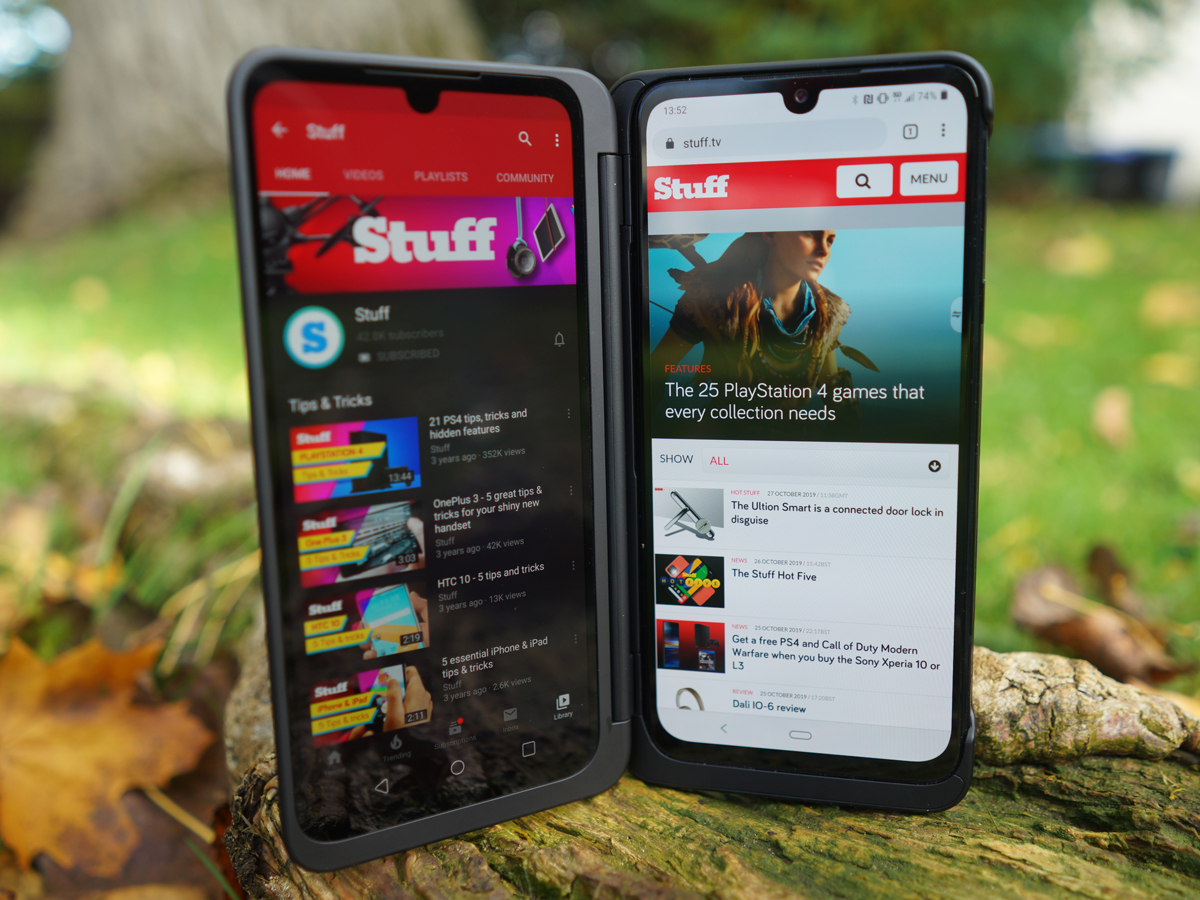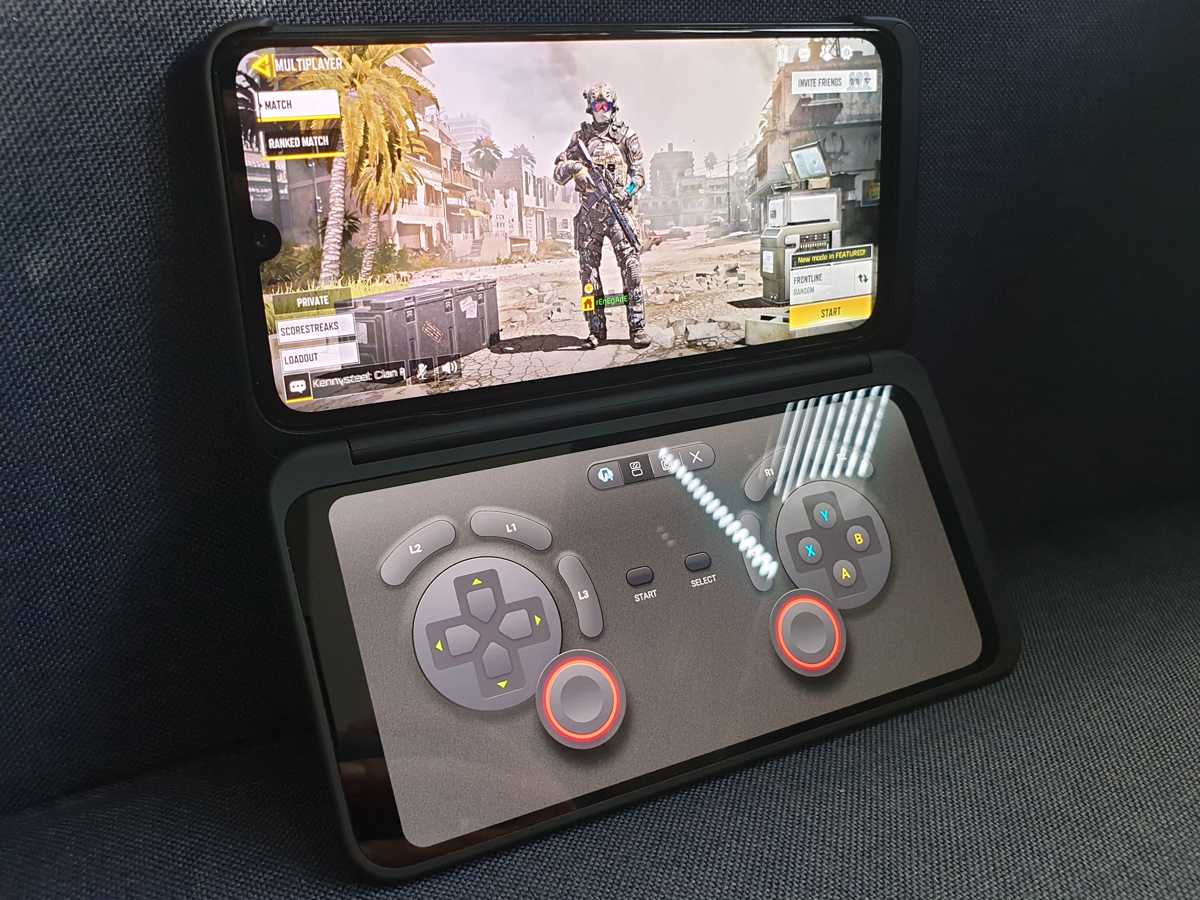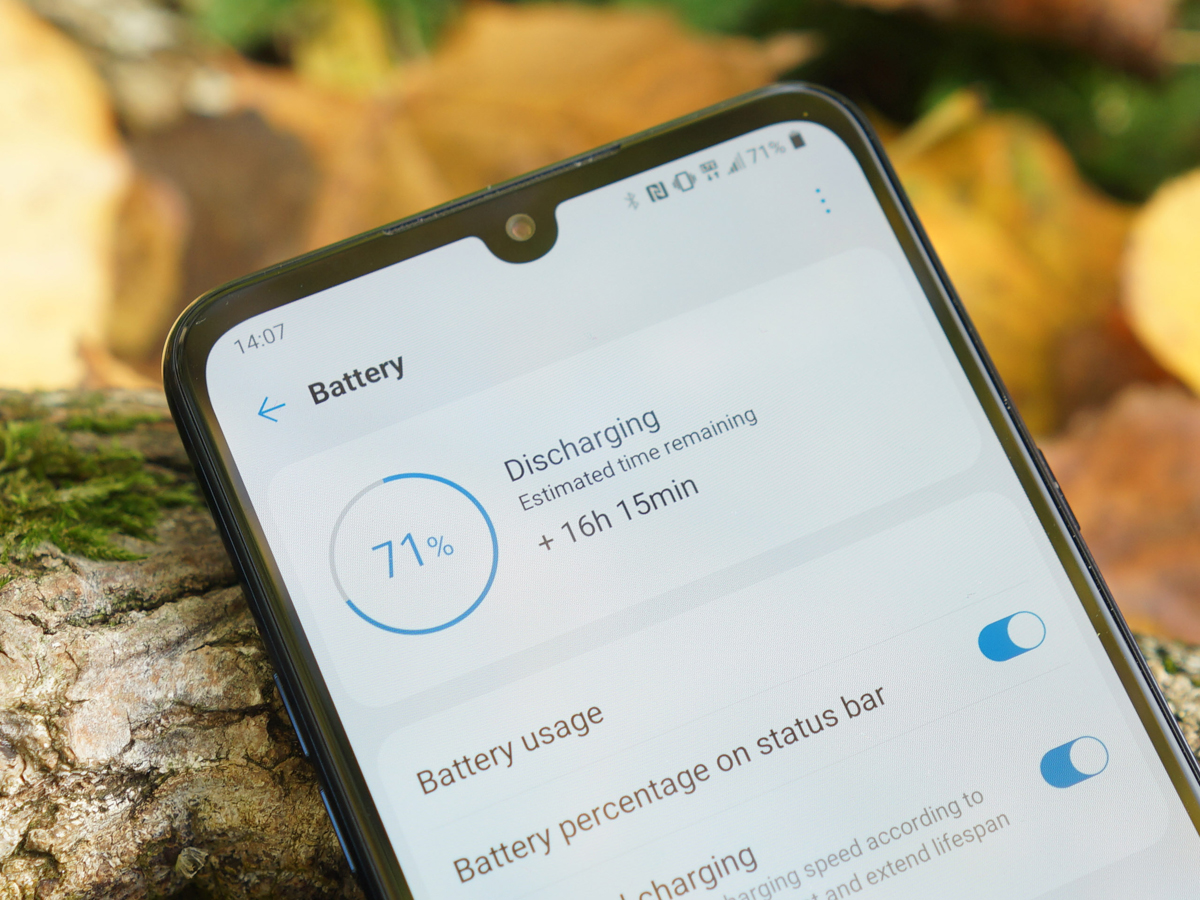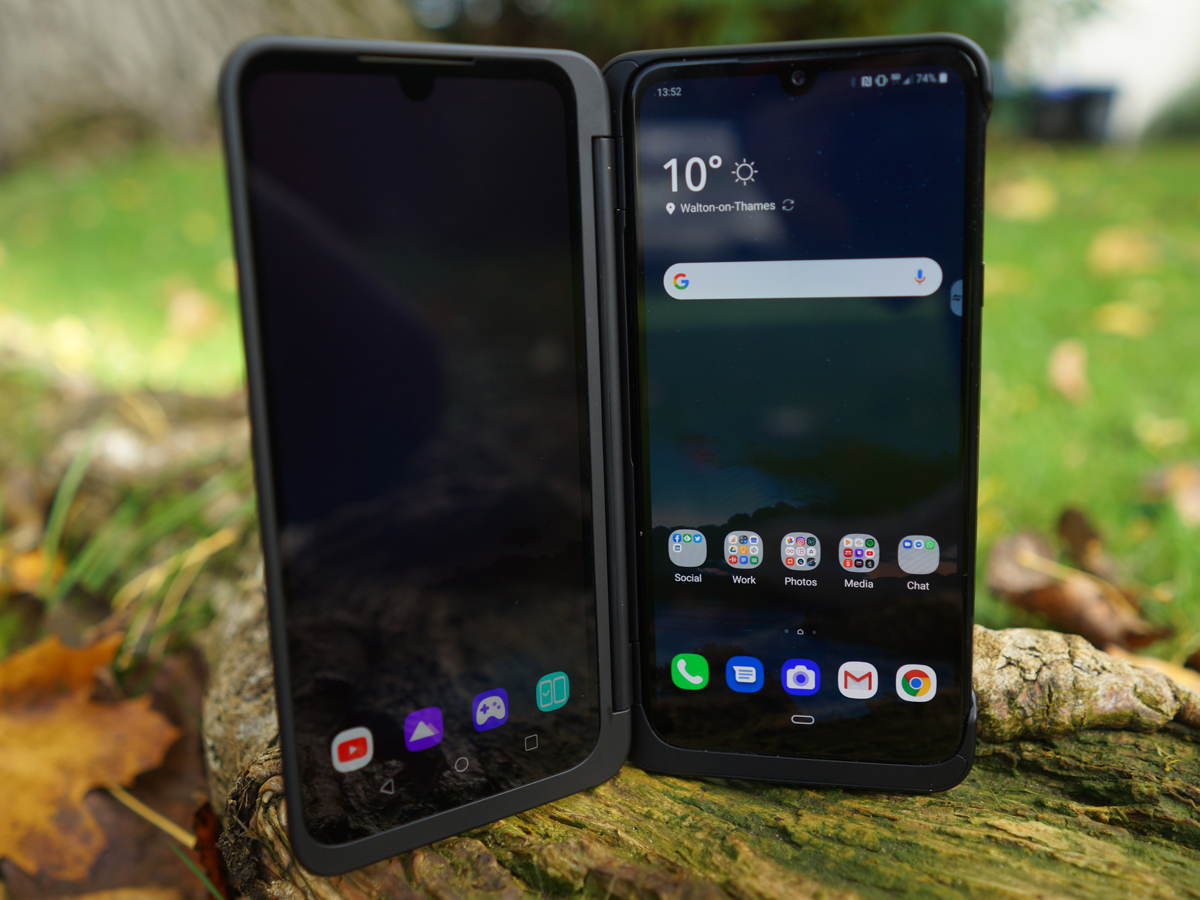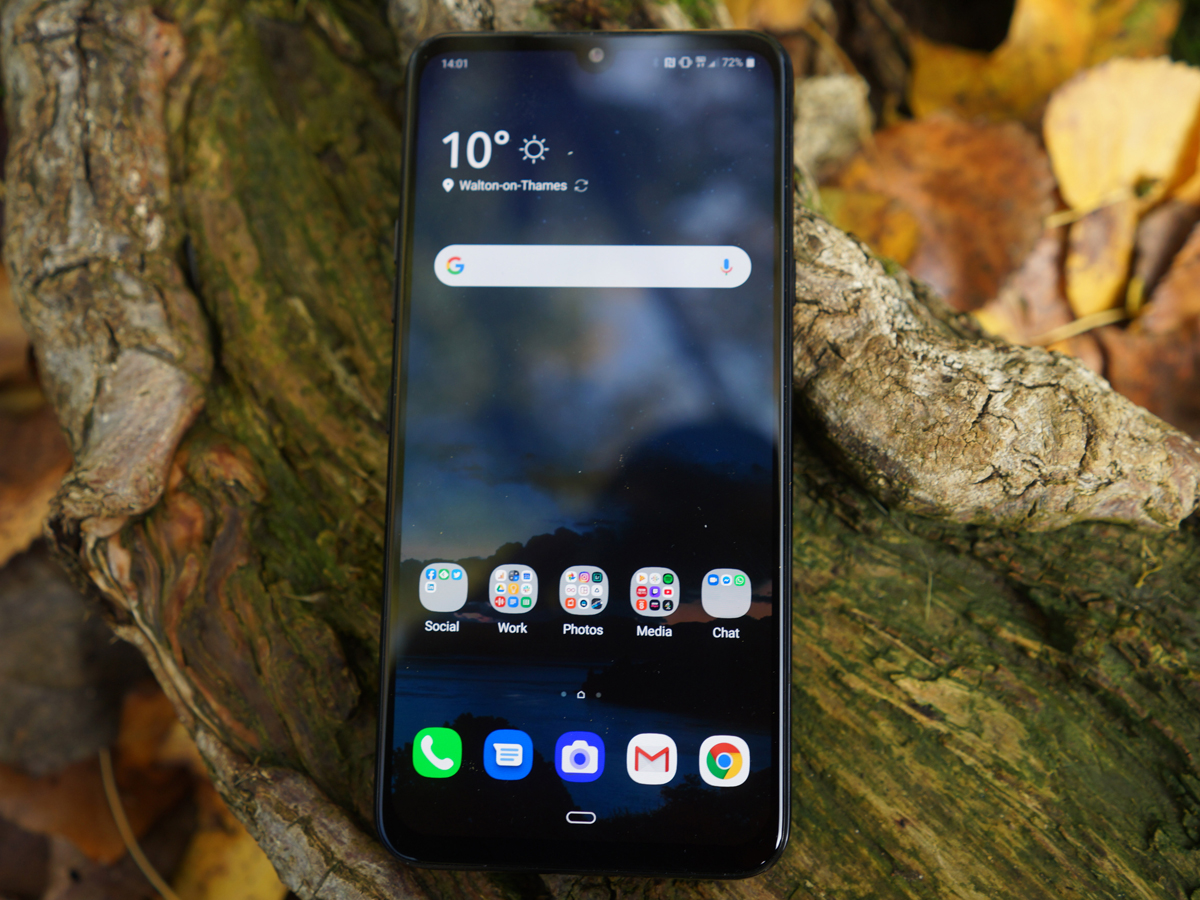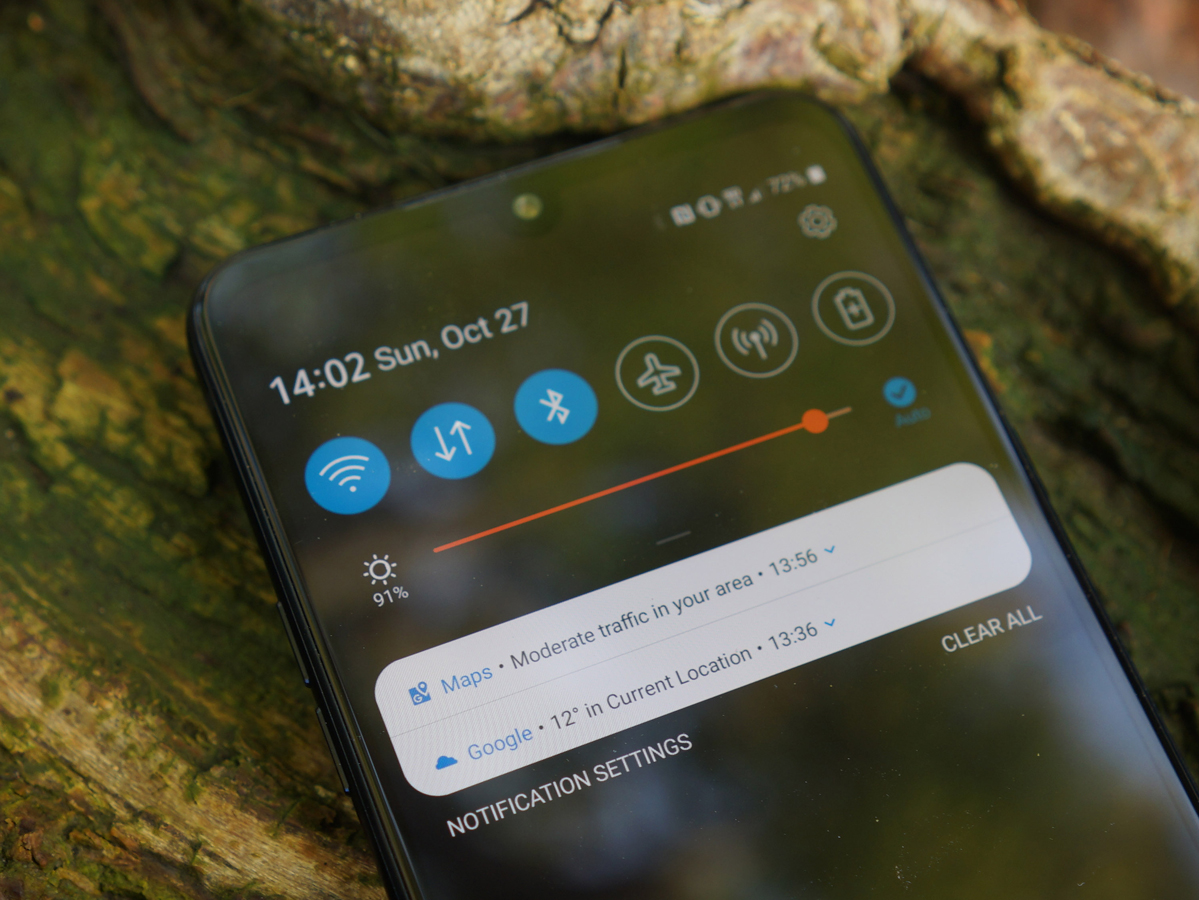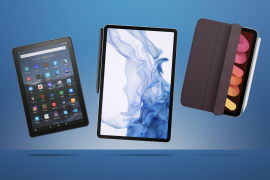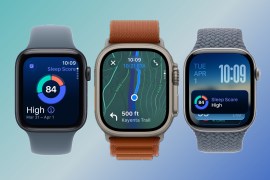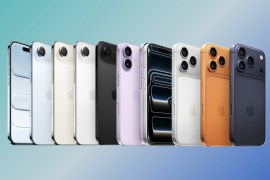LG G8X ThinQ review
Two screens when you want them, one for when you don't. Sounds great, but...
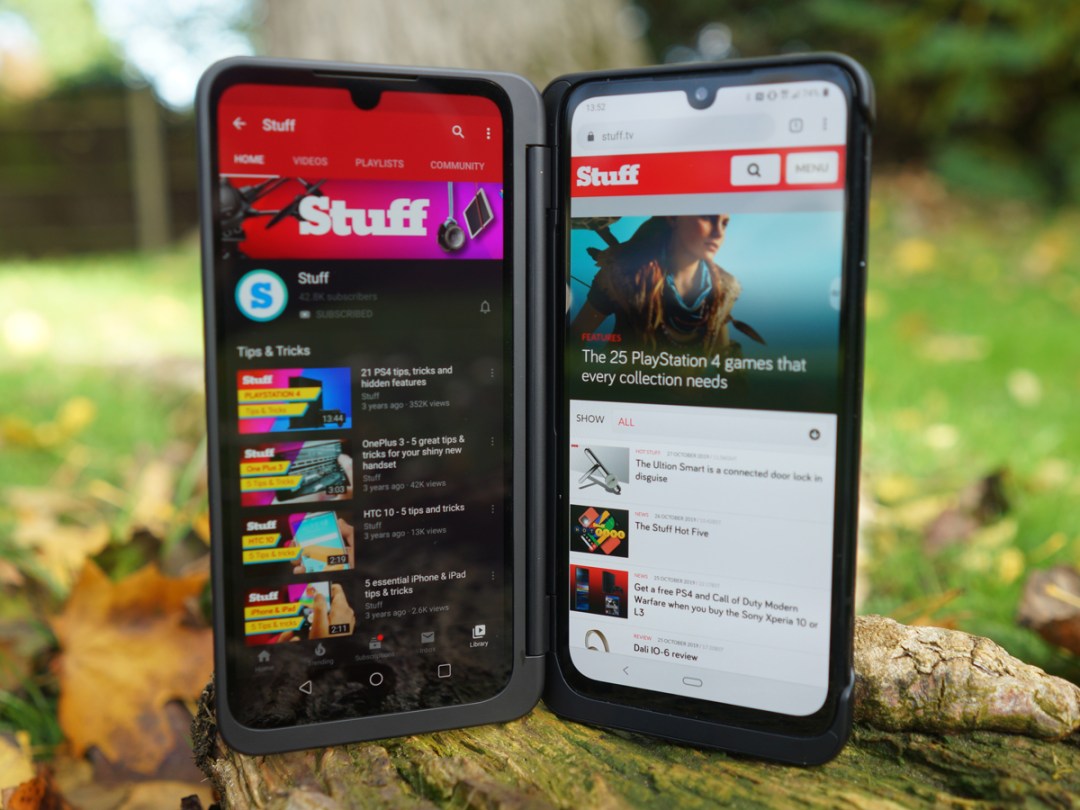
Ever finish your homework the night before the deadline? That’s kind of what LG’s first take on a not-quite-a-foldable-phone phone felt like.
The V50 Thinq 5G had some nice ideas, but felt more like a rapid response to Samsung’s Galaxy Fold than anything truly innovative. So now it’s time for a second attempt.
The G8X gets a completely redesigned Dual Screen cover, ditches the questionable motion gestures seen on the G8 earlier in the year, and sees a few welcome hardware upgrades that should help it keep pace with the rest of the flagship phone world.
Time to find out if two really can be better than one.
DESIGN & FEATURES: THE CASE FOR IMPROVEMENT
The second generation Dual Screen case looks a lot like the old one, but behind the scenes it’s gone through some radical upgrades.
Pogo pins and Bluetooth have been dropped in favour of USB-C, meaning no lag and reduced power consumption. The hinge rotates all the way around the phone now, rather than locking in set positions. LG has also shaved off a few millimetres and reduced weight, while also making it tougher than before.
The second screen is now an exact size and resolution match for the phone, right down to the camera notch, although it’s a blank here for the sake of symmetry. The front gets a mirror finish, which is a fingerprint magnet, but stealthily hides a third, dot-matrix panel that shows the time and any notifications to save you constantly opening it up just to check how in-demand you are.
The faux leather effect on the back is a step up from the basic plastic on the V50, but the cutout for the rear cameras still leaves about half the phone exposed. If that was done purely to show off the G8 logo, surely it would have been better to cover up completely and just brand the case?
Case on, the G8X is a chunky beast that you’ll notice whenever you force it into a pocket. But LG reckons less than half of owners will keep the cover on all the time, and once you remove it, the phone itself is just as sleek as any other flagship doing the rounds right now.
It’s a glass and metal sandwich, naturally, with rounded edges that sit comfortably in your hands. On the back, the camera lenses sit completely flush with the glass – a refreshing change from the massive protruding modules found on the Pixel 4 and iPhone 11.
An in-display fingerprint sensor (a first for LG) means the buttons at the sides are the only things stopping the G8X from feeling completely smooth. A dedicated Google Assistant button makes a reappearance, sensibly placed so you aren’t constantly triggering it accidentally.
The fingerprint sensor isn’t always able to detect a digit on the first or even second attempt, and it’s not obvious where to pop your finger when the screen is off – you’ve got to remember to tap the display first for a prompt, then hold to unlock.
DISPLAY & SOUND: TWICE AS NICE
What’s better than a 6.4in, 2340×1080 OLED display? Easy: two 6.4in, 2340×1080 OLED displays. They’re all but identical, and look equally gorgeous – even if that empty notch looks bizarre on the second screen.
Each OLED panel delivers incredible contrast and darker-than-dark black levels that give images and videos real punch. Colours are particularly vibrant and less true-to-life than other phones with OLED screens, but still very pleasing on the eye.
LG gives you complete control over colour customisation, with temperature, RGB level and hue, saturation and sharpness adjustment. Few rivals are anywhere near as comprehensive. It’s a shame you can’t use the blue light-reducing comfort view with the second screen enabled, though.
Viewing angles are excellent and high peak brightness means stepping outside into the sunshine won’t instantly render the screen illegible. That also comes in handy for HDR video, with highlights getting a major boost while shadows stay dark.
Sound is the one area LG consistently schools the opposition, and the G8X is no different. A 32-bit DAC, DTS:X virtual surround-sound effects and an all-important headphone port mean you can enjoy your music at its best. And when you don’t have a pair of cans handy, the stereo speakers can really crank out clear, convincing audio.
OS & SOFTWARE: LEARNING CURVE
It might be running Android 9.0 rather than Google’s latest release, but the UX 9.0 interface sitting on top is much improved over previous LG handsets. Fonts are easier to read, icons are clearer, there’s a system-wide night mode, and settings are largely where you’d expect to find them on a vanilla Android phone.
That’s great, because the second screen adds a whole new set of gestures and buttons to learn. There are three different ways to actually turn it on (a double-tap to wake being our go-to option), and multiple ways to send apps between the two sides. The floating toolbar doesn’t always appear when you expect it to, so a three-finger swipe is usually the quickest way.
The two-screen setup makes sense the instant you open a second app for side-by-side multitasking, and is genuinely useful when playing a fullscreen video on the phone, or you need to look up an address or reference number. Chrome has a wide view built-in, stretching websites across both screens, but LG’s built-in Whale browser is better optimised, letting you open multiple tabs at once.
Most of LG’s built-in apps play nicely with the second screen, but it’s not always obvious how. You can’t open the photo gallery app in album view, for instance – but thumbnail view lets you put an image on the left screen while giving an overview of the rest of your gallery on the right.
Third-party apps are a different matter. Gmail won’t let you use the second screen as a keyboard. You can’t open a second instance of Google Photos to compare two images. YouTube can’t shift the comments to the other display when watching a video in fullscreen. This might change as foldable phones get more popular, but right now it’s not the ultimate productivity tool LG wants it to be.
Gaming is hit and miss, too. You can hold the phone like a Nintendo DS and use LG’s gamepad software to control games like Asphalt 9, Fortnite and Call of Duty Mobile, but the default layouts are very awkward. Creating a custom layout is a fiddly process, and ultimately not worth the frustration because they’re rarely an improvement on the touchscreen defaults.
CAMERA: GET THE WHOLE PICTURE
With a 12MP main snapper and ultrawide back-up, the G8X seems like a repeat of April’s G8, but there are some key differences. The main sensor has an f/1.8 aperture now, a step back from the wider f/1.5 seen in the G8, while the second sensor drops from 16MP to 13MP. It does get a massive 136-degree field of view, though, up from 107-degrees in the G8.
There’s also no third telephoto lens here, putting the G8X on the back step against better-equipped competition, and bokeh blur is created entirely with software – though given how phones with dedicated depth-sensing cameras still can’t get it right all the time, this is no major loss.
In good light, results are largely similar to the G8, meaning rich, vibrant colours and plenty of surface detail, but LG is still somewhat heavy-handed with noise reduction and sharpening. Exposure isn’t always on point, either, masking the details in shadows in order to make the highlights stand out, or blowing out the sky.
Exposure may vary between shots, but otherwise the ultrawide camera does a great job of matching the main sensor for colour and contrast. Detail is clearly lacking, however.
The AI Cam scene-detection system, which boosts contrast and colour, is worth using, as results were largely superior to ones taken using the standard Auto mode, although it still can’t hope to match the Pixel 4 or iPhone 11 for overall clarity.
LG’s manual camera controls are as in-depth as ever, across photo and video, although the new ASMR recording mode is very niche indeed. Portrait and Studio modes are more useful, creating convincing background blur and virtual lighting. They aren’t always accurate, but are close enough if you’re looking for a new social-media profile pic.
Low-light shots are surprisingly clear if you use the dedicated Night mode, and given how the Dual Screen case can be used as a rudimentary tripod, there’s no excuse for blurry images. Huawei, Google and Apple all do it better when handheld, though.
The case comes into its own with the front-facing selfie camera, letting your subject see themselves when framing the shot so there’s no need to take hundreds of pics until you get the right angle. The 32MP sensor uses pixel binning to take sharp and clear shots.
PERFORMANCE: NOT QUITE TOP FLIGHT
With a Snapdragon 855 CPU and 6GB of RAM, there’s no doubting the G8X is LG’s latest and greatest. Sure, Qualcomm’s newer 855+ silicon might be doing the rounds elsewhere, but aside from marginal gains in gaming, augmented reality and the like, you won’t feel short-changed when it comes to performance.
It certainly keeps pace on the Android homescreen, animating smoothly, loading apps quickly and coping very well when running two things side-by-side on using the second display. If you put much faith in benchmark figures, you’ll be pleased to see the G8X match other 855-powered phones near the top of the tables.
Gaming is equally smooth when playing on a single screen, though the GPU is having to work double-time if the dual screen is switched on. A Snapdragon 855+ will deliver higher frame rates, but even demanding titles like PUBG Mobile were consistent here. Everything defaults to the highest quality settings, too.
With 128GB of onboard storage you shouldn’t find yourself running out of space for apps, games and media any time soon – but if you do, there’s a microSD card slot for adding more.
BATTERY: BUILT FOR TWO
With an entire second screen to power (three if you count the diddy dot matrix display up front) you’d hope the G8X was packing a sizeable battery. At 4000mAh it’s up there with other Android flagships, and has impressive staying power.
Even with regular use of the second screen, it can still last from breakfast to bedtime on a single charge, though an overnight top-up was definitely required. Only go dual screen a few times and it’ll still have power the next morning.
Heavy gaming and video streaming naturally drains it faster. Using the second screen as your Fortnite or Call of Duty Mobile controller is really a worst-case scenario, but even then you’ll probably get bored before it’s time to plug in.
Fast and wireless charging mean recharging isn’t normally a chore, but the dual screen cover’s proprietary charging pins are a little tricksy. If you use your phone for say, Android Auto, it means either carrying the bundled adaptor with you everywhere, or removing the phone from its case every time you get in your car.
LG G8X THINQ VERDICT
Is the dual screen approach better than a foldable one, then? It’s certainly cheaper and far less fragile, but a bolt-on accessory was always going to come up short on the design front against a purpose-built handset.
Still, the G8X isn’t just a poor man’s Galaxy Fold. It’s significantly improved over LG’s first attempt, and when you don’t need the extra display, you’re left with a competent (if not truly great) flagship phone.
It’s a shame to miss out on Android 10 out of the box, and alternatives like the Pixel 4 and OnePlus 7 Pro offer tempting extras like telephoto zoom cameras and 90Hz screens. If a second screen doesn’t appeal, these are still better buys.
Ultimately, two screens are only better than one when you’ve got things to do with them – and right now, software support is just too inconsistent. That might change once more foldables arrive, but right now, it makes the G8X more of a novelty than a must-have.
Tech specs
| Screen | 6.4in, 2340×1080 OLED w/ notch, HDR10+ |
| CPU | Qualcomm Snapdragon 855 |
| Memory | 6GB RAM |
| Camera | 12MP, f/1.8 and 13MP, f/2.4 rear w/ dual pixel PDAF, OIS, LED flash. 32MP, f1/9 front |
| Storage | 128GB onboard, microSD expansion |
| Operating system | Android 9.0 Pie w/ UX 9.0 |
| Battery | 4000mAh non-removable |
| Dimensions | 159x76x8.4mm, 192 g (phone) 166x84x23.3mm, 326g (phone and cover) |
Stuff Says…
LG’s G8X is something of a halfway-house, with software and hardware quirks holding back what’s otherwise a very capable premium phone
Good Stuff
Optional second screen is a real head-turner
Flagship performance and features
Stellar battery life (as long as you’re sensible with the second screen)
Bad Stuff
Software that properly supports second screen thin on the ground
Dual screen case is bulky, proprietary charging pins annoying
Camera still lags behind Android greats
